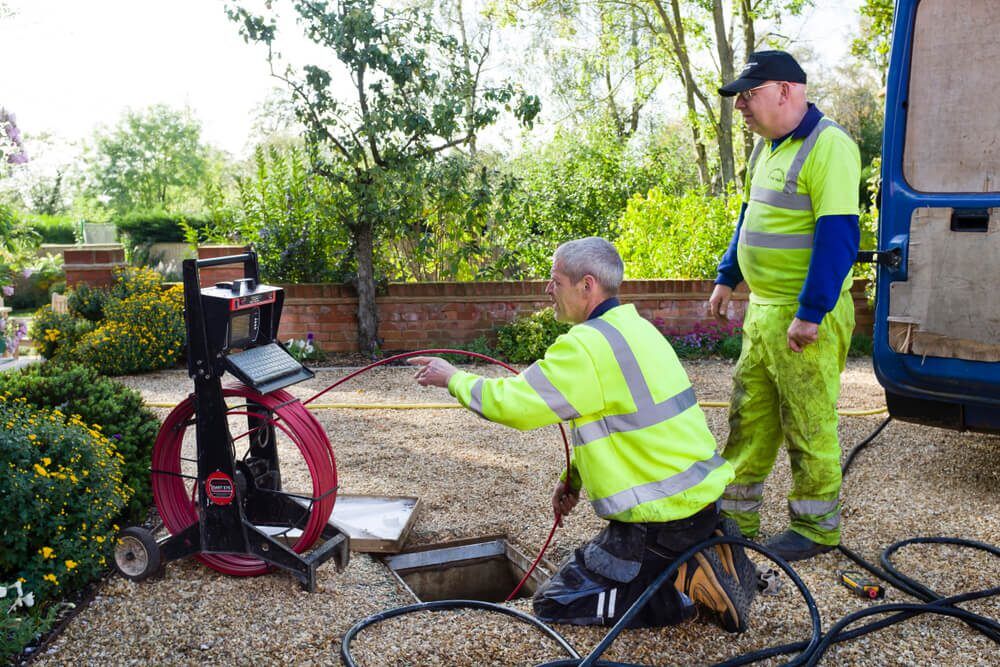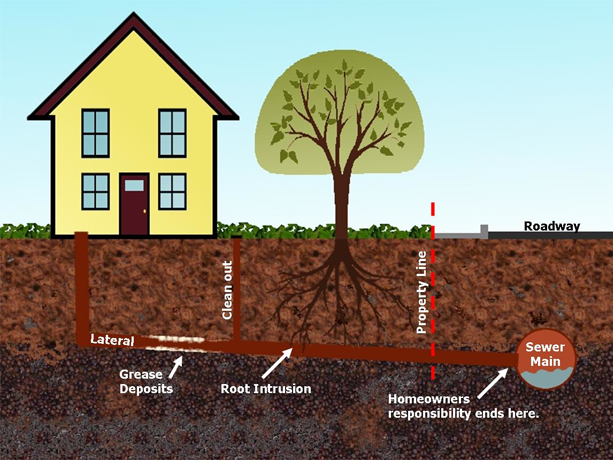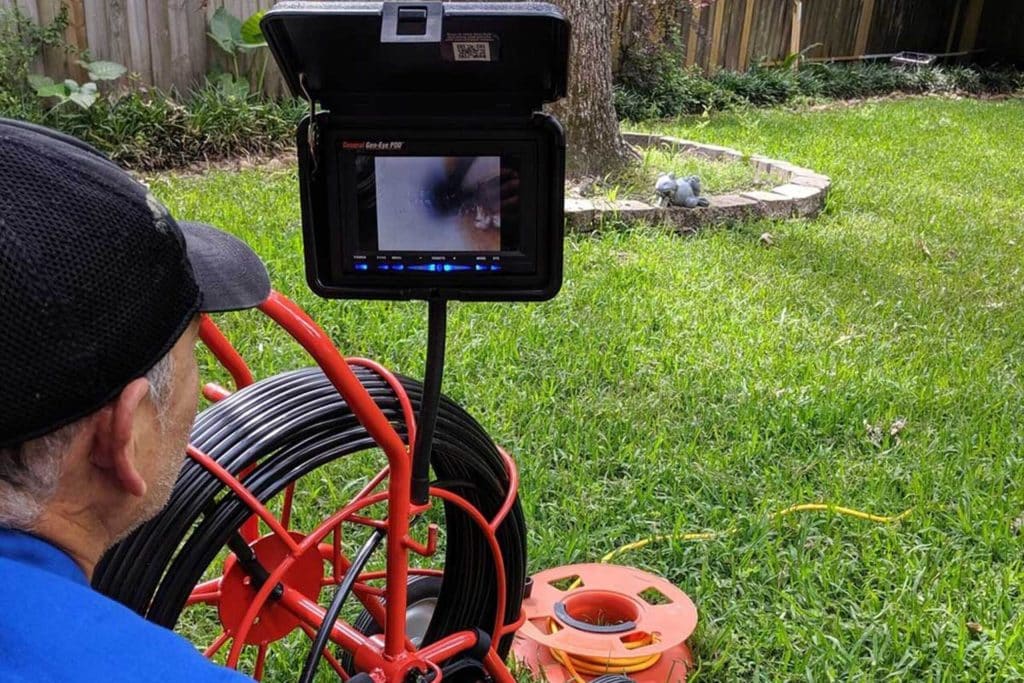Why Regular Sewer Line Inspection CT is Important for Homeowners
Why Regular Sewer Line Inspection CT is Important for Homeowners
Blog Article
Common Sewage System Line Troubles and Their Solutions: A House owner's Handbook

Tree Origin Intrusions
Tree root intrusions are a typical and considerable problem affecting drain lines. Sewer pipelines, particularly older ones made of clay or other porous products, provide an appealing target.
Routine examinations utilizing video clip electronic camera innovation can recognize root visibility prior to it comes to be a serious problem. For an extra permanent remedy, chemical root awesomes can be applied to hinder more growth within the pipelines. In extreme instances, pipe relining or replacement may be necessary to recover the integrity of the sewer line.
Executing precautionary procedures, such as growing trees far from sewer lines and utilizing origin obstacles, can decrease the threat of future intrusions, thus protecting the performance of your drain system.
Pipeline Corrosion
Corrosion in sewage system pipes is a widespread issue that can drastically jeopardize the integrity and performance of a drain system. Typically taking place in steel pipes, such as cast iron or galvanized steel, rust results from long term direct exposure to moisture, chemicals, and other harsh agents discovered in wastewater. Over time, this procedure deteriorates the pipe walls, leading to leaks, breaks, and eventually, pipeline failure.
The primary types of pipe corrosion include consistent deterioration, where the whole surface of the pipe rusts equally, and local deterioration, such as matching or gap deterioration, which impact particular areas of the pipe. Identifying the very early indications of rust, such as stained water or unusual odors, is essential for timely intervention.
Stopping pipe deterioration entails routine maintenance and evaluations. Using protective coatings, using corrosion-resistant materials like PVC or polyethylene, and installing cathodic defense systems can substantially expand the life-span of drain pipes. In situations where corrosion is currently extensive, trenchless pipeline recovery techniques, such as pipeline lining or pipeline bursting, offer efficient solutions without the need for extensive excavation. Ultimately, positive monitoring and prompt repair services are important to reduce the destructive results of pipeline rust on sewage system systems.
Obstructions and Clogs
Blockages and clogs are amongst one of the most disruptive and common problems impacting sewage system lines. These blockages can develop from a range of sources, consisting of the build-up of particles such as hair, food, and grease bits, as well as the breach of tree origins seeking moisture. Over time, these products develop, tightening the pipe and eventually leading to finish obstructions that can trigger wastewater to back up right into homes.
Preventive steps are necessary for alleviating the risk of clogs. Routine upkeep, such as regular hydro-jetting and the use of enzyme-based cleansers, can help maintain pipes free from debris. Property owners ought to also bear in mind what they throw away down their drains; staying clear of grease, coffee premises, and fibrous veggies can significantly lower the likelihood of clogs.
When obstructions do occur, expert treatment is frequently needed. Plumbing technicians might use a range of devices, such as augers (also understood as drain serpents) and high-pressure water jets, to separate and remove the obstruction. In a lot more extreme cases, video clip inspection tools can be utilized to diagnose the issue and locate, guaranteeing that the ideal solution is applied successfully. Prompt treatments and regular assessments can help preserve the honesty and performance of sewer lines.
Leaking Sewage System Lines
Beyond obstructions and clogs, leaking sewer lines offer a significant concern for house owners and districts alike. These leakages can result from different variables, including pipe corrosion, changing soil, intrusive tree roots, and deterioration gradually. Left unaddressed, leaking sewer lines can cause extensive property damages, promote mold growth, and present major wellness threats because of the contamination of groundwater and soil.

Repair techniques depend on the severity of the leak and the condition of the drain line. Small leakages might be fixed with trenchless repair techniques, such as pipe cellular lining or pipeline bursting, which are less invasive and quicker to finish.
Sewer Line Bellies
When it involves sewer line problems, one particularly challenging trouble official source is the formation of sewer line stubborn bellies. A sewage system line stomach happens when a section of the pipe sags or dips, creating a low spot where waste and particles can accumulate. This can result in slow drainage, recurring obstructions, and potential damages to the pipe gradually.
The causes of drain line stubborn bellies are differed. Poor installment techniques, dirt disintegration, ground settling, or shifts because of temperature modifications can all add to the formation of these sags - sewer line inspection ct. Identifying a sewer line stomach commonly requires a specialist inspection using a drain electronic camera to identify the specific place and degree of the issue
Attending to a drain line belly typically involves excavation to get to the affected pipeline section. As soon as accessed, the drooping portion might require to be replaced or rearranged to make certain proper incline and drainage. In many cases, trenchless repair techniques, such as pipe lining or pipeline bursting, can be employed to minimize interruption while settling the concern.
Preventative actions, including routine assessments and making certain proper installation, can aid minimize the risk of drain line bellies. Homeowners need to continue to be attentive for indications of drainage issues and seek specialist help at the first indicator of difficulty.
Verdict
In final thought, attending to typical sewer line issues such as tree root invasions, pipe rust, obstructions, leaking sewage system lines, and drain line tummies is vital for preserving a effective and practical system. Early detection with video assessments and the application of both irreversible and short-term services can minimize these problems effectively. Normal maintenance methods, including hydro-jetting and strategic tree placement, further contribute to the prevention of these issues, thereby ensuring the long-term integrity of sewer systems.
Corrosion in drain pipes is a prevalent concern that can severely compromise the integrity and performance of a drain system.When it comes to drain line problems, one especially difficult issue is the development of sewage system line tummies. A drain line stomach happens when an area of the pipeline droops or dips, developing a low area where waste and try these out debris can gather. Identifying a sewer line stomach normally requires an expert evaluation using a sewer cam to determine the specific area and extent of the issue.

Report this page